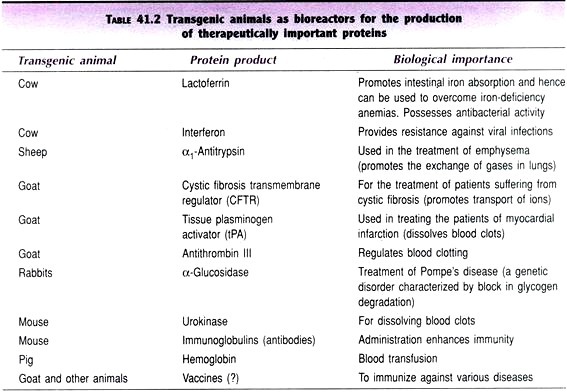The ozone (O3), an isotope of oxygen, exists in the so-called Ozone layer at a height of about 15-60 km in the middle and upper stratosphere and lower mesosphere.
By a natural chemical process, sunlight creates ozone when it strikes the stratosphere. The ozone layer absorbs or blocks the shortwave ultraviolet radiation (Fig 6.3) that passes through it.
This property gives it an important function in protecting the biosphere. It the ozone layer was not present, and then the ionizing ultraviolet rays would destroy most or all the life on earth.
Increased ultraviolet radiation can lead to greater incidence of skin cancer, cataracts, immune deficiencies, decreased crop yields and reduced populations of phytoplankton, zooplankton and certain fish larvae that are important constituents of aquatic food chains. Increased ultraviolet radiation can also contribute to smog, which is one of the important air pollutants. The stratospheric ozone protects oxygen at lower altitudes from being broken up by UV rays and keeps most of these harmful rays from penetrating the earth’s surface.